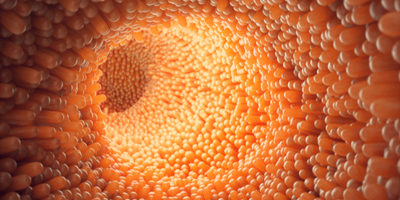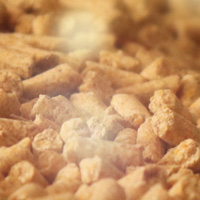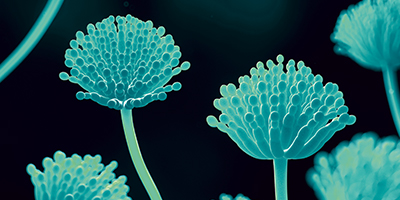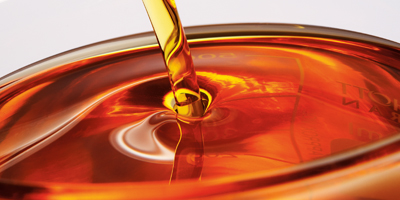Devoted to success in gut health and preservation
Feed plays a vital role in all animal production systems. It can be as high as 70% of all costs related to farm management. That is why we are so passionate about helping our customers to optimize their feed and feed raw materials and by extension the performance and well-being of their animals. Perstorp has almost 60 years of experience from developing innovative solutions for the agricultural industries.
Perstorp's solutions
- improve gut health and performance
- acidify feed and help animals to cope with heat stress
- help to keep feed nutritious and safe from enteros, mycotoxins, molds and yeasts
Innovations in gut health and preservation
R&D is in the Perstorp DNA. We were the first to introduce esters of organic acids for improved gut health and performance (ProPhorce™ SR) and for mold inhibition in grains, feed and feed raw materials (ProSid™ MI 700). Molecules so new that we were the first to test them for any agricultural purposes.
Now, Perstorp has expanded its innovative range of broiler feed solutions by introducing Gastrivix™ Avi – a unique poultry feed additive for gut health that combines the benefits of readily available valeric and butyric acid. This unique blend of molecules meets the bird's biological needs, supports gut integrity and promotes reliable growth and performance.
Perstorp Animal Nutrition: dedicated specialist in gut health and preservation. Devoted to your success.









